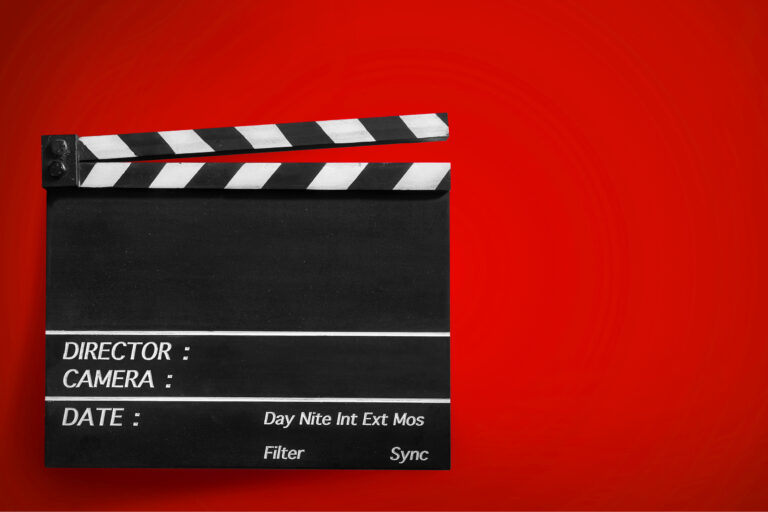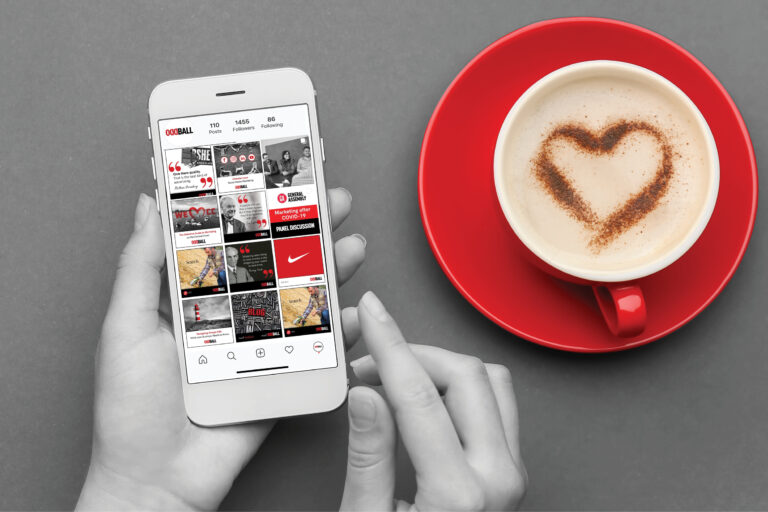Having a visually appealing website design is of course important to attract leads and engage your audience, however coupling it with a strategic Call To Action (or Calls To Action) will dramatically increase your chances of converting these visitors into customers.
Your audience has limited time and attention span, so it’s critical that you grab their attention, capture their interest and show them how to take action as quickly and effectively as possible. If you don’t make the journey easy, you’ll lose them – and they’ll miss out on the opportunity to benefit from your product or service.
So what is a Call To Action?
Quite simply, it’s a visual cue that tells your website visitors what they should do next. A Call To Action (CTA) isn’t always a big “BUY NOW” button in the middle of your page – it can also be used to guide people through your website and towards helpful information, so they gain a satisfying and valuable experience.
For example, a Call To Action might invite your visitors to:
- READ MORE
- SHARE
- GET IN TOUCH
- SIGN UP
- DOWNLOAD
- LEAVE A COMMENT

This is where the strategy comes in
In order to create the right Calls To Action for your website, it’s important to understand some key elements about your visitors:
Who is your ideal customer?
Intimately understanding who it is you want to attract allows you to intimately understand what will motivate them to take action. If you know what their buying behaviour is, for example, you’ll know whether they’re likely to head straight to “Buy Now” or if they need to know detailed information before making a decision – in which case your first Call To Action might lead them to an explainer video, with a CTA for them to buy after that.
What stage of the Customer Buyer’s Journey are they at?
Following on from the above, this will tell you what your audience is looking for on your website:
Awareness
If they’re at the beginning of their journey, they’ll predominantly be trying to gain information around a possible problem they think they might have. So the CTAs will need to lead them towards resources that educate them, perhaps different blog topics or a download that requires them to input their email address (so you can continue to educate them through email marketing).
For example, their energy bills might be increasing and they’re trying to understand what’s causing it. So if you’re a business who sells home insulation you can lead them to pages and blogs that explain how a poorly insulated home can cost you more money.
Consideration
In this phase your potential customer understands their problem and now they’re researching the different methods and options to help them solve it.
E.g. You can lead them to information regarding different types of insulation and methods of installation, with recommendations for different scenarios
Decision
By this point, your potential customer knows the solution they want, so now they need to find the appropriate business to deliver it. This is where your CTAs need to lead them towards evidence that you’re the one for the job – full product/service information, details of your process, testimonials for social proof…and of course – BUY NOW!
Or in the insulation example, at this stage the CTA might be, “GET YOUR FREE QUOTE”, since the product/service will need to be custom fitted and priced.
What if your website visitors are at multiple stages of their buyer’s journey?
It of course is possible for your website to attract people in all stages of the journey. In which case you need to make a choice: Do you want to accommodate everyone, or just focus on a specific type of visitor? For example, you may not want to invest your time and effort into making people aware of their problems – if so, your information and CTAs will be created for those who are ready to buy.
Alternatively, you can simply create different Call To Actions that appeal to the different stages, so you have the potential to capture all visitors. This can be a good strategy to continually fill up your sales funnel, so you have the opportunity to nurture your audience along their journey towards a sale.
If we take the insulation example again, you could structure your CTAs as follows:
Awareness: At the bottom of your home page, place a snippet of a blog titled, “Is poor insulation the reason for your high energy bills?” with a CTA saying “Read More” that takes them to the full blog article.
Consideration: Place a CTA at the top of the homepage to download a pdf titled, “How to reduce your energy bills and increase your comfort with effective home insulation.”
Decision: Place a CTA button in the header saying, “Book Your Free Quote”. In this position it will be seen on every page, so as soon as your visitor makes that important decision to engage with your services, they can do so very easily wherever they are.
Where to put your Calls To Action
It’s common for website designers and companies to forget to place calls-to-action on every web page, which can leave the visitor feeling stranded. More often than not, visitors leave a website not because it was boring or irrelevant but because they don’t know what to do next and where to go next. Most web visitors do not have the patience to keep going back to the main page to navigate to other web pages. Place calls-to-action on every web page to help visitors discover your website more effectively.
Use a CTA to capture email addresses
Not all website visitors will take an action to enquire or buy on their first visit – in fact, most won’t. So it’s important to try to capture their details before they go, so you can continue to offer them value, build a relationship and nurture them towards a buying decision (if indeed that’s the right thing for them).
Here’s three simple ways you can use a CTA to gather email addresses:
Lead Magnet
This is where you exchange something simple, but of value, for their details. As mentioned above, a download can be a great option here – so the visitor must input their details in order to acquire the download link. Common lead magnets include:
- PDF Info Sheet
- Checklist
- Cheat Sheet
- Brochure
- Interactive Quiz
Static Sign Up
This is a classic CTA for a newsletter. The form simply sits on the website – often in a sidebar or the footer – so the visitor can opt in to be kept in the loop about your business and industry with regular updates.
Pop Up
A pop up is an alternative way to offer a lead magnet, rather than it sitting passively on your website. The form typically appears when the visitor enters the website, some time within the first minute or two of browsing, or as they exit. Special discounts and offers can be a good CTA here, to incentivise them to engage with you further.
So what now?
Hopefully by now you can appreciate the need for a strategic approach for your calls to action? In order to be truly successful they should form part of your overall marketing strategy, so you can ensure the actions you’re getting people to make are aligned with what you want to achieve in your business.
So now it’s time for us to practice what we preach, and call you to action! If you’re serious about growing your business, we invite you to book in for a complimentary discovery session with one of our marketing strategists, so you can understand the true potential of a strategic approach to your calls to action, and of course your marketing as a whole.






